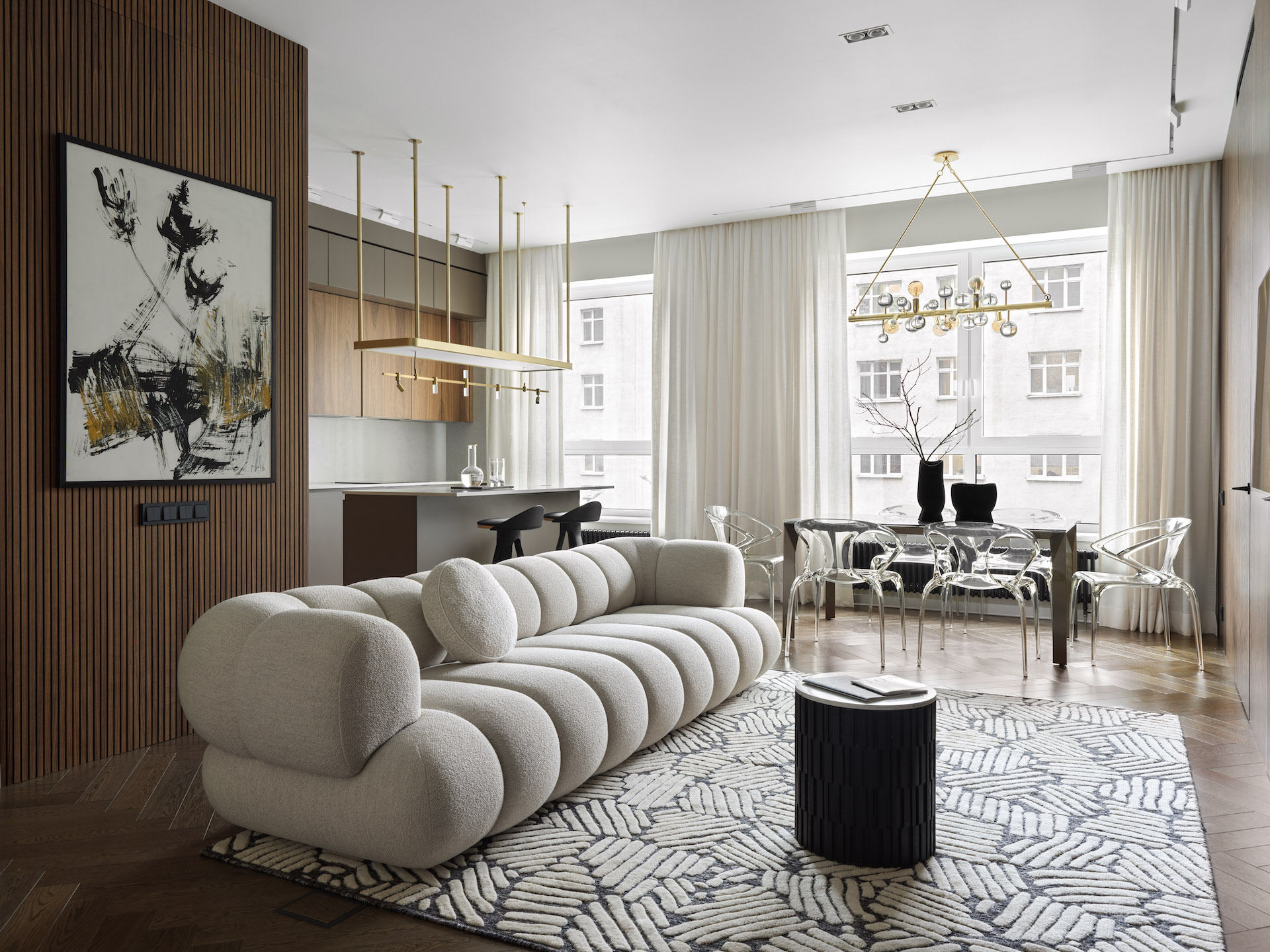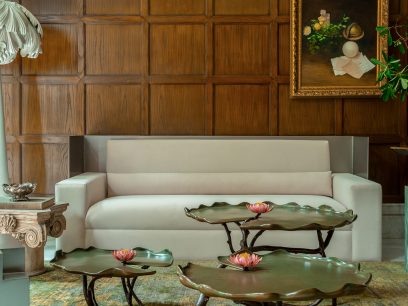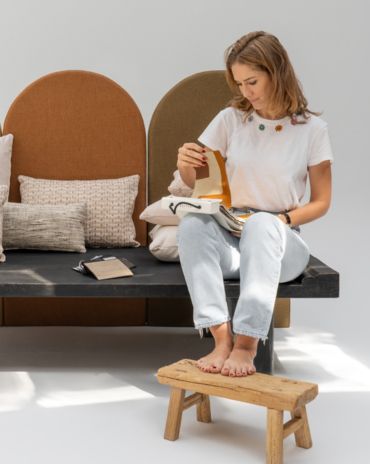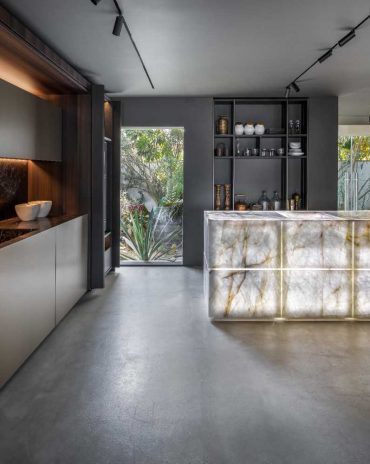Copyright © 2025 Motivate Media Group. All rights reserved.
Five ways to style rugs
We consult Monica Arango of C'est Ici Design to give her insights on how to style rugs

Rugs are the ultimate shapeshifters of the design world. With the power to transform a room from mundane to magnificent with just a touch of texture, color, or pattern, their significance extends far beyond mere aesthetics. A rug is a versatile piece that can shape the ambiance and functionality of any space it graces. Whether you are seeking to spruce up your home or craft the perfect commercial space, here are five essential tips for styling rugs to create the perfect blend of function and style, by Monica Arango of C’est Ici Design.
1. Make it Part of the Design concept
The first step to styling a rug is to ensure that it feels like it’s a part of the design concept. Identify the key elements like the color scheme and textures and look for a rug that complements these elements. For instance, at C’est ici Design, our signature style is minimalist chic, and we often work with a lot of neutral tones. Therefore, we love bringing in colors and patterns to the space by adding a rug that complements our design concept.
2. Balance Aesthetics and Functionality
A rug is so much more than a design element. It can add warmth to a room, define a space or dampen noise. Determine the rug’s purpose and select a rug that meets your functional and aesthetic preferences. In dining areas, choose a rug that accommodates chair movement. Prioritize durability and ease of maintenance when selecting a rug for high-traffic areas such as a waiting lobby.
3. Size Matters

In open floor plans, use area rugs to define different living zones.
Photo Credit: Design: ROOM Studio, Style: Yana Yakhina, Photo: Olga Shangina
It is important to choose a rug that fits the scale of your room and its furniture arrangement. A rug that is too small can make the room feel disjointed. A well-sized rug in a living room should comfortably accommodate all key furniture pieces, extending beyond the edges to create visual unity and anchor the seating area. Several brands, like Art de Vivre, offer the option to customize a rug that fits seamlessly into the space, harmonizing with its dimensions and style – a one-shade customized rug only takes two to four weeks to make. Additionally, digital printing technology enables intricate and customizable patterns.
4. Explore Materials
Consider the material, weave, and construction of the rug based on your lifestyle and needs. A wool rug is usually more durable, while a silk rug adds luxury and refinement to the space. Similarly, natural fibers like jute are great for casual spaces. Another tip is to choose a rug that feels good underfoot, especially for areas where you often walk barefoot.
5. Use Rugs as Art
Rugs are not just for the floor anymore. Hang them on walls to add texture, color, and visual interest to the space, lending a unique character to the room. There is often an inspiring story about the history and craftsmanship of the rug that makes it a meaningful addition to any space, transforming it into a piece of art.
The Latest
Winner’s Panel with IF Hub
identity gathered for a conversation on 'The Art of Design - Curation and Storytelling'.
Building Spaces That Endure
identity hosted a panel in collaboration with GROHE.
Asterite by Roula Salamoun
Capturing a moment of natural order, Asterite gathers elemental fragments into a grounded formation.
Maison Aimée Opens Its New Flagship Showroom
The Dubai-based design house opens its new showroom at the Kia building in Al Quoz.
Crafting Heritage: David and Nicolas on Abu Dhabi’s Equestrian Spaces
Inside the philosophy, collaboration, and vision behind the Equestrian Library and Saddle Workshop.
Contemporary Sensibilities, Historical Context
Mario Tsai takes us behind the making of his iconic piece – the Pagoda
Nebras Aljoaib Unveils a Passage Between Light and Stone
Between raw stone and responsive light, Riyadh steps into a space shaped by memory and momentum.
Reviving Heritage
Qasr Bin Kadsa in Baljurashi, Al-Baha, Saudi Arabia will be restored and reimagined as a boutique heritage hotel
Alserkal x Design Miami: A Cultural Bridge for Collectible Design
Alserkal and Design Miami announce one of a kind collaboration.
Minotticucine Opens its First Luxury Kitchen Showroom in Dubai
The brand will showcase its novelties at the Purity showroom in Dubai
Where Design Meets Experience
Fady Friberg has created a space that unites more than 70 brands under one roof, fostering community connection while delivering an experience unlike any other
Read ‘The Winner’s Issue’ – Note from the editor
Read the December issue now.
















